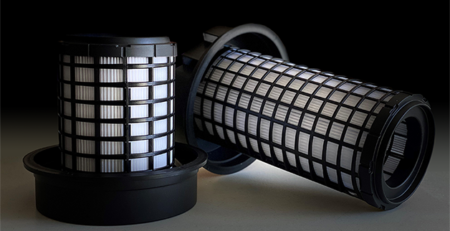Tips for shipping temperature-sensitive products
Did you know that one of the biggest losses for companies is products that spoil during the shipping of temperature-sensitive products? While warm air can spoil food fast, the transportation process is even more challenging because some goods, such as pharmaceuticals and flowers, can be damaged if the transport refrigeration unit is even a few degrees too cold.
Needless to say, there is a lot that goes on behind the scenes to get temperature-sensitive goods to their destination. It’s not merely a matter of keeping items cool, but being responsive and proactive to extreme temperatures. Here are a few things to consider when shipping temperature-sensitive products.
Know the rules and regulations well
Some products are subject to government regulations and restrictions for the safety of consumers. If you’re transporting goods such as food, pharmaceuticals, biological substances, or other medical materials, you must familiarize yourself with the rules and regulations surrounding these goods.
When you partner with heating and cooling experts that have been in the industry for years, chances are they’ll know these rules and regulations well and can give you proper guidance in this area. Be sure to document that you’ve followed the set guidelines, as adhering to these restrictions will safeguard you against any legal action should anything go wrong in the transportation process.
Choose the right packaging
The general rule of thumb with shipping temperature-sensitive products is to keep the heat out and the cold air in. The industry does this with proper insulation and refrigeration. For perishable items such as food, produce, flowers, pharmaceuticals, and frozen items that must remain at a specific temperature, use insulated foam containers with sturdy corrugated boxes. Here are a few shipping materials you’ll need on hand when transporting temperature-sensitive goods:
- Gel packs
- Dry ice (include labels clearly marking that the package includes dry ice)
- Foam cooler
- Foam planks
- Thermal bubble wrap
- Packing peanuts
Choose the appropriate temperature-controlled application
While a foam cooler with some dry ice may be sufficient for a quick 20-minute trip to the other side of the city, a more complex cooling system is needed if you’re delivering goods a few hours away or across the country. This is where transport refrigeration solutions come in. Mobile refrigeration units remain at a precise and consistent temperature to protect your perishable cargo. They remove heat from inside the fridge compartment and ensures that your products remain at the right temperatures needed from the supplier to the end destination.
Monitor goods in transit
Whether it’s a 20-minute trip or an 8-hour drive, be sure to monitor your temperature-sensitive products during transportation. This is especially important for healthcare shipments. Choose a temperature monitoring device to track the condition of your goods and one that alerts you if there are sudden temperature fluctuations or any changes during transit.
Last but not least, it’s in your best interest to work with heating and cooling experts that will help you get your products to their intended location safely.













